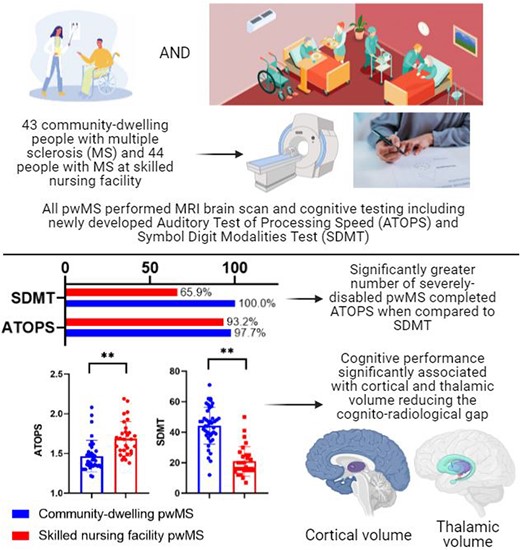2024-10-23 ニューヨーク大学 (NYU)
<関連情報>
- https://www.nyu.edu/about/news-publications/news/2024/october/scanning–scrolling–and-swiping–new-research-uncovers-why-our-.html
- https://www.science.org/doi/10.1126/sciadv.adr9951
- https://www.jneurosci.org/content/early/2024/10/18/JNEUROSCI.0374-24.2024
一目でわかる言語: 私たちの脳はどのように並列視覚入力から言語構造を把握するか Language at a glance: How our brains grasp linguistic structure from parallel visual input
Jacqueline Fallon and Liina Pylkkänen
Science Advances Published:23 Oct 2024
DOI:https://doi.org/10.1126/sciadv.adr9951

Abstract
Human brains grasp the gists of visual scenes from a single glance, but to what extent is this possible for language? While we typically think of language in terms of sequential speech, our everyday experience involves numerous rapidly flashing written notifications, which we understand instantly. What do our brains detect in the first few hundred milliseconds after seeing such a stimulus? We flashed short sentences during magnetoencephalography measurement, revealing sentence-sensitive neural activity in left temporal cortex within 130 milliseconds. These signals emerged for subject-verb-object sentences regardless of grammatical or semantic well-formedness, suggesting that at-a-glance language comprehension begins by detecting basic phrase structure, independent of meaning or other grammatical details. Our findings unveil one aspect of how our brains process information rapidly in today’s visually saturated world.
一目読みにおけるボトムアップ処理とトップダウン処理の時空間ダイナミクス The spatiotemporal dynamics of bottom-up and top-down processing during at-a-glance reading
Nigel Flower and Liina Pylkkänen
Journal of Neuroscience Published:17 October 2024
DOI:https://doi.org/10.1523/JNEUROSCI.0374-24.2024
Abstract
Like all domains of cognition, language processing is affected by top-down knowledge. Classic evidence for this is missing blatant errors in the signal. In sentence comprehension, one instance is failing to notice word order errors, such as transposed words in the middle of a sentence: you that read wrong (Mirault et al., 2018). Our brains seem to fix such errors, since they are incompatible with our grammatical knowledge. But how do our brains do this? Following behavioral work on inner transpositions, we flashed four-word sentences for 300ms using rapid parallel visual presentation (RPVP, Snell and Grainger, 2017). We compared magnetoencephalography responses to fully grammatical and reversed sentences (24 human participants: 21 female, 4 male). Left lateral language cortex robustly distinguished grammatical and reversed sentences starting at 213ms. Thus, the influence of grammatical knowledge begun rapidly after visual word form recognition (Tarkiainen et al., 1999). At the earliest stage of this neural “sentence superiority effect,” inner transpositions patterned between grammatical and reversed sentences, showing evidence that the brain initially “noticed” the error. However, 100 milliseconds later, inner transpositions became indistinguishable from grammatical sentences, suggesting at this point, the brain had “fixed” the error. These results show that after a single glance at a sentence, syntax impacts our neural activity almost as quickly as higher-level object recognition is assumed to take place (Cichy et al., 2014). The earliest stage involves detailed comparisons between the bottom-up input and grammatical knowledge, while shortly afterwards, top-down knowledge can override an error in the stimulus.
Significance statement Language processing, like all cognitive domains, is profoundly influenced by top-down knowledge. One type of evidence of this is oversight of errors in the signal. For example, in sentence comprehension, individuals often fail to detect word order errors, such as transposed words mid-sentence. Utilizing rapid parallel visual presentation (RPVP), we investigated this phenomenon by exposing participants to four-word sentences for 300ms. Magnetoencephalography revealed robust differentiation between grammatical and reversed sentences in left lateral language cortex starting at 213ms post-presentation. Intriguingly, initial neural responses to inner transpositions treated them as deviant, but 100ms later, neural signals grouped them with grammatical sentence, indicating rapid error correction. These findings reveal the brain’s remarkable capacity to reconcile bottom-up input with linguistic knowledge almost instantaneously.


